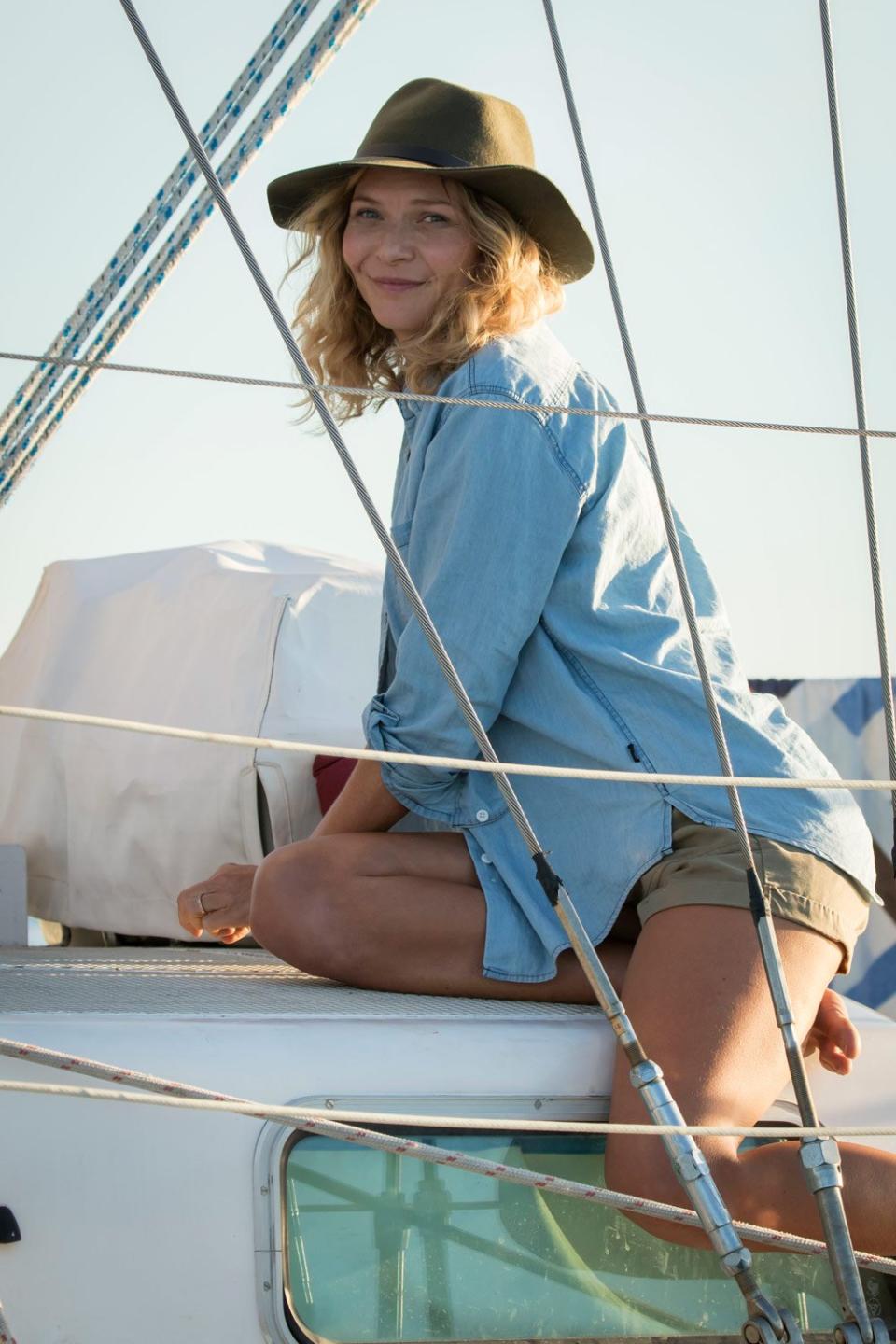Safe Harbour: When two very different boats collide - a modern moral dilemma on the seas
In the opening scenes of Australian four-part drama Safe Harbour a mood is established.
The scene, at first, is idyllic. We are on a yacht, in the middle of the Timor Sea, with a group of friends from Brisbane. The skies are blue, these are beautiful people. They are getting drunk, flirting, catching fish and - a slight tear in the idyll here - gutting them.
One of the beautiful people makes a remark about the ocean being full of plastic, so there is a hint of social concern. And then on the horizon, they see another boat. A strange boat. What kind of vessel is it? They move closer, to try and investigate.
Up to this point - only a minute or two in - the viewer will be waiting for the other deck shoe to drop.
What kind of drama is this anyway? It feels, in these moments, like the set-up to a horror film, because even after two minutes the lazy privilege of the beautiful people has become a bit annoying. Whatever it is, they probably deserve it. But the show’s creator, Belinda Chayko, has - it says here - an interest in character-based stories that explore the liminal areas of life and morality. In which case we are probably going to need a bigger boat.
But wait, the timeline of the show is jumbled. The action cuts from then - 2013 - to five years later. Back then, the boat is full of refugees. The engine is dead. The refugees are desperate. They want to get to Australia. They do not want to go to Indonesia. But there is not enough room on the yacht for all of them, and towing the vessel might be too difficult. The emergency channel on the yacht’s radio isn’t working. So the privileged people have a vote. Do they leave the refugees in the middle of the sea or try to help them, even if it puts their own survival in danger?
The discomfort of this choice is well established. As a bleeding-heart liberal, watching it isn’t without its difficulties. It feels at first like a metaphor posing as a drama. You feel sympathy for the refugees, you know what the right thing to do would be.

And so to 2018. Ryan (Ewen Leslie), the captain of the yacht — wearing his privilege as lazy charm — notices a taxi driver in his neighbourhood. It looks like, it is, Ismail (Hazem Shammas), one of the boat people. Ryan is pleased to see Ismail. Ismail seems less delighted to see Ryan, and less surprised. He is a taxi driver, remember. In films, taxi drivers go all over, even into liminal spaces.
It’s 45 years since Patty Hearst was kidnapped by the Symbionese Liberation Army, a home-grown American terror group that existed on the rotten fringes of the counterculture.
Hearst was targeted as the granddaughter of media tycoon William Randolph Hearst, but her story becomes most interesting after her kidnap, when she apparently converts to revolutionary Maoism and joins a series of bank robberies.
No Hearsts co-operate with The Radical Story of Patty Hearst, a talking-heads reconstruction of events, though Patty’s former fiancée Steven Weed offers his own bewildered testimony, as does the self-aggrandising kidnapper Bill Morris.
Was Hearst a victim of thought control when she reinvented herself as Comrade Tania? “We kidnapped a freak,” Morris suggests.

 Yahoo News
Yahoo News 
